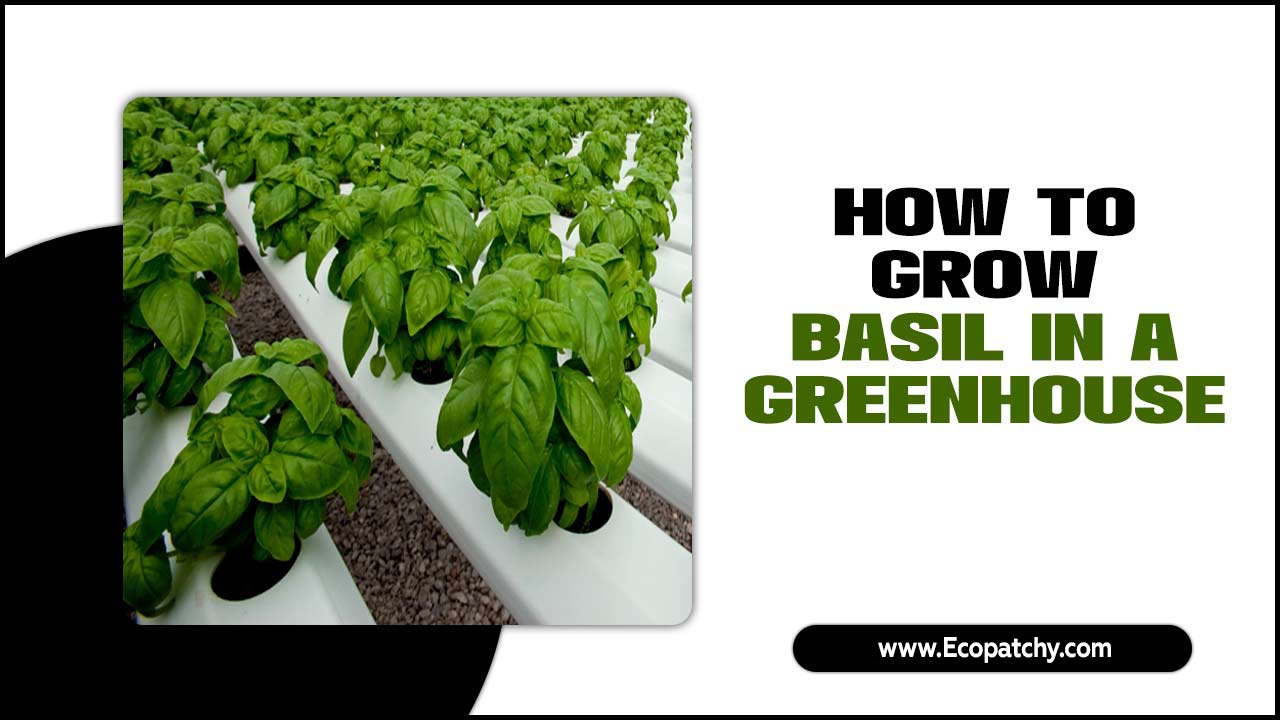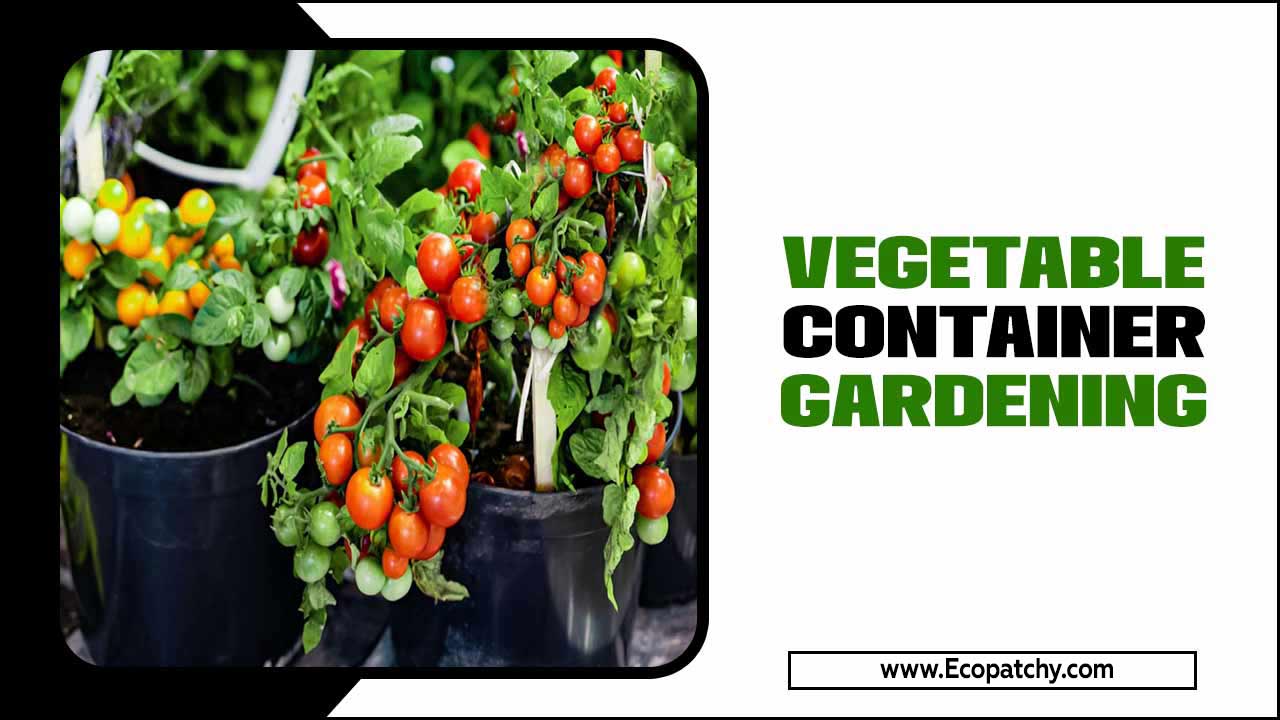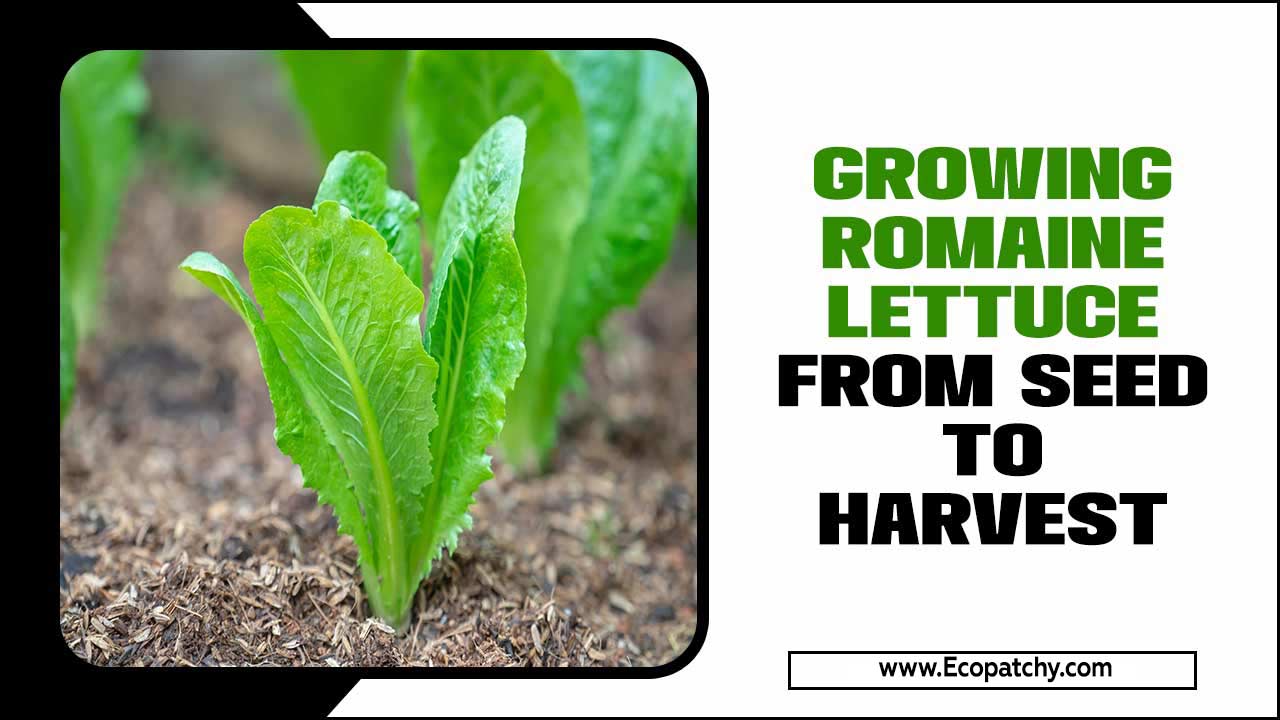Lettuce is a popular leafy green vegetable staple in many diets worldwide. With its crisp texture and refreshing flavour, it is a versatile ingredient that can be used in various dishes.
While many people may associate lettuce with being grown in outdoor gardens, it is also a great crop to cultivate in a greenhouse. Not only does growing lettuce in a greenhouse allow for a longer growing season, but it also provides a controlled environment that can result in healthier and more abundant yields.
Here, we will discuss how to grow lettuce in a greenhouse and techniques to successfully grow lettuce in a greenhouse, from choosing the right type to maintaining proper environmental conditions. Whether you are an experienced greenhouse gardener or a beginner looking to expand your horticultural skills, this guide will provide the necessary information to grow delicious and nutritious lettuce in your greenhouse.
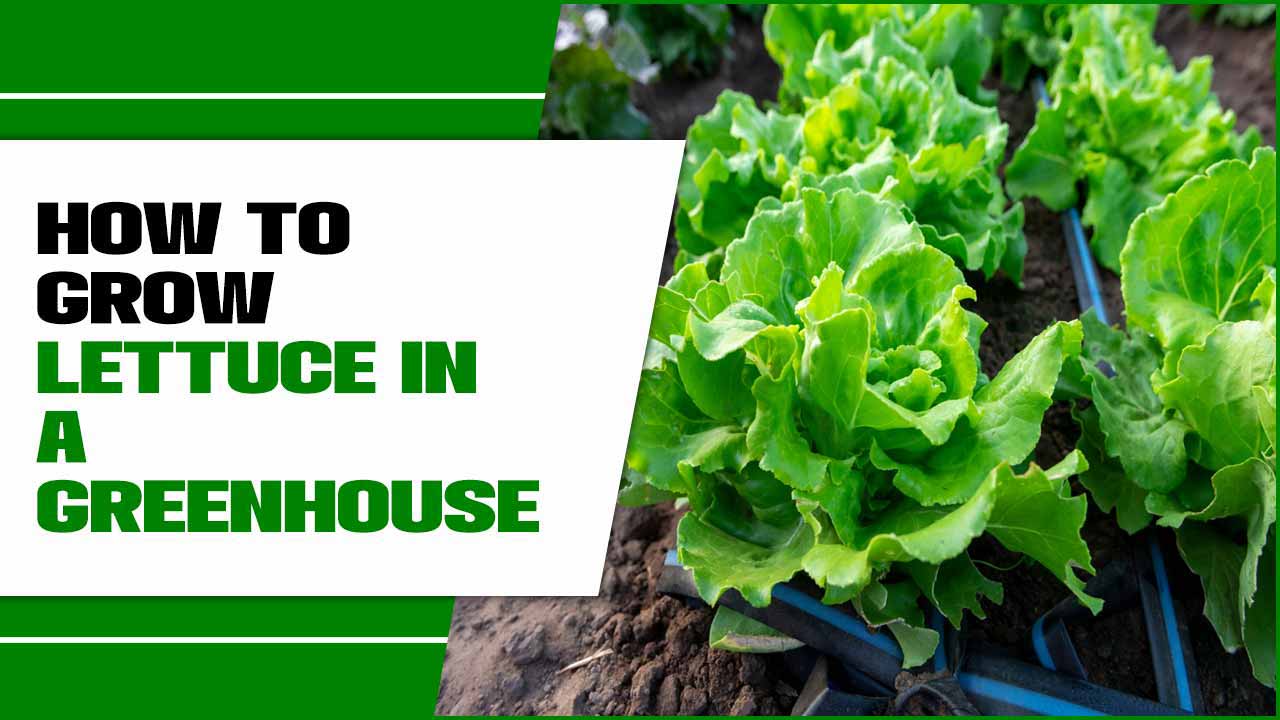
How To Grow Lettuce In A Greenhouse – 6 Easy Tips
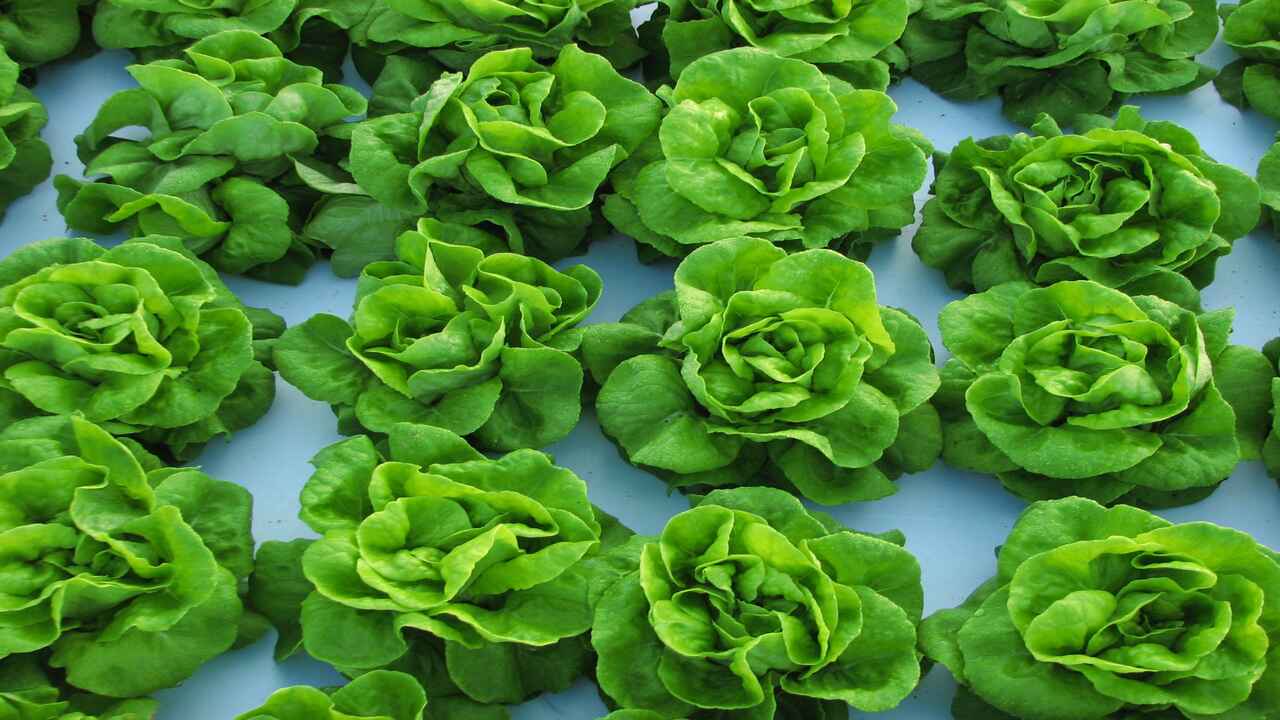
Greenhouse cultivation is an increasingly popular method of growing crops, including lettuce. Lettuce, a leafy green vegetable known for its high nutritional value, thrives in controlled environments, making it an ideal candidate for greenhouse production. This article overviews the process and benefits of growing lettuce in a greenhouse.
One of the primary advantages of greenhouse cultivation is the ability to control the growing conditions. By adjusting temperature, humidity, and light intensity, greenhouse owners can create an optimal environment for lettuce growth.
This level of control ensures consistent and reliable yields, regardless of external weather conditions or seasonal variations. Moreover, greenhouse cultivation allows for year-round production, enabling farmers to meet the demand for fresh lettuce even during off-seasons. Here are six easy tips on how to grow lettuce in a greenhouse:
1.Choose The Right Lettuce Varieties
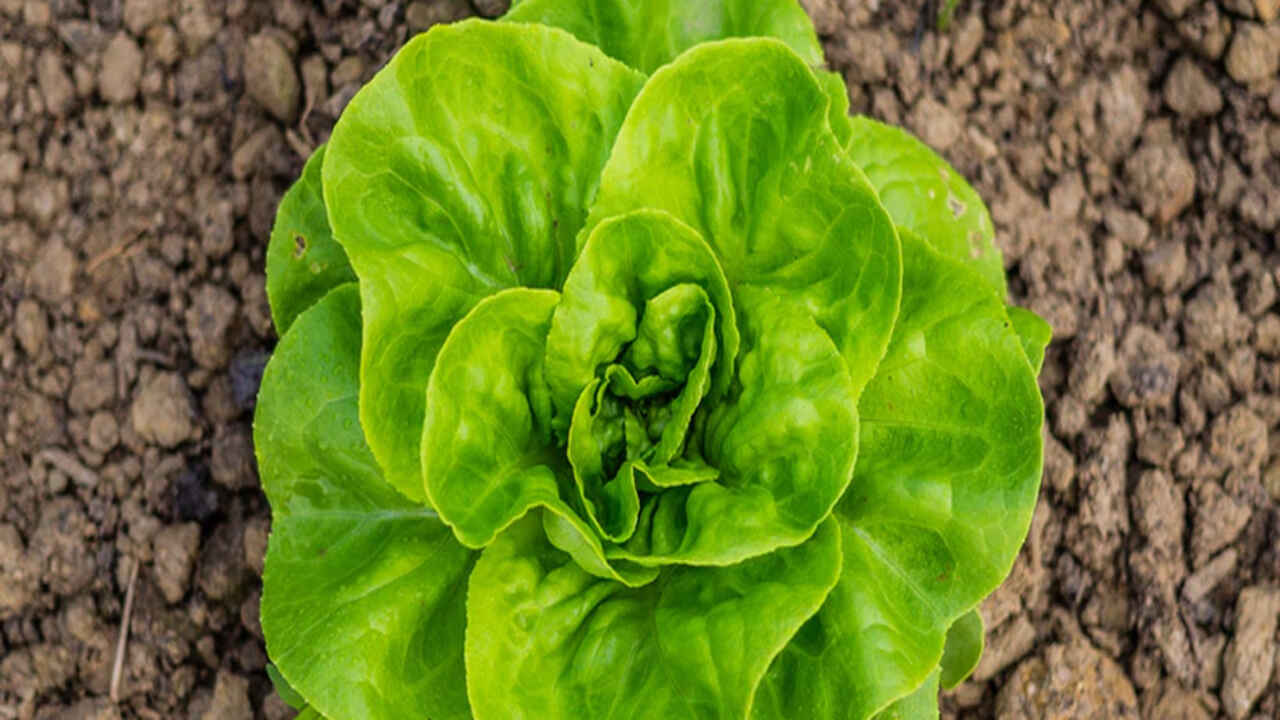
When selecting the right lettuce varieties for greenhouse growing, it is crucial to consider factors such as adaptability, yield potential, and disease resistance. Among the options available, three popular choices are butterhead, romaine, and looseleaf lettuce.
Butterhead lettuce, also known as Bibb or Boston lettuce, is a popular choice for greenhouse cultivation due to its adaptability and versatility. This variety forms loose, tender heads with smooth leaves with a delicate buttery flavour. It is known for its excellent texture and is commonly used in salads and sandwiches. Butterhead lettuce performs well in controlled environments and can tolerate warm and cool temperatures, making it a suitable choice for greenhouse production.
2.Prepare The Soil
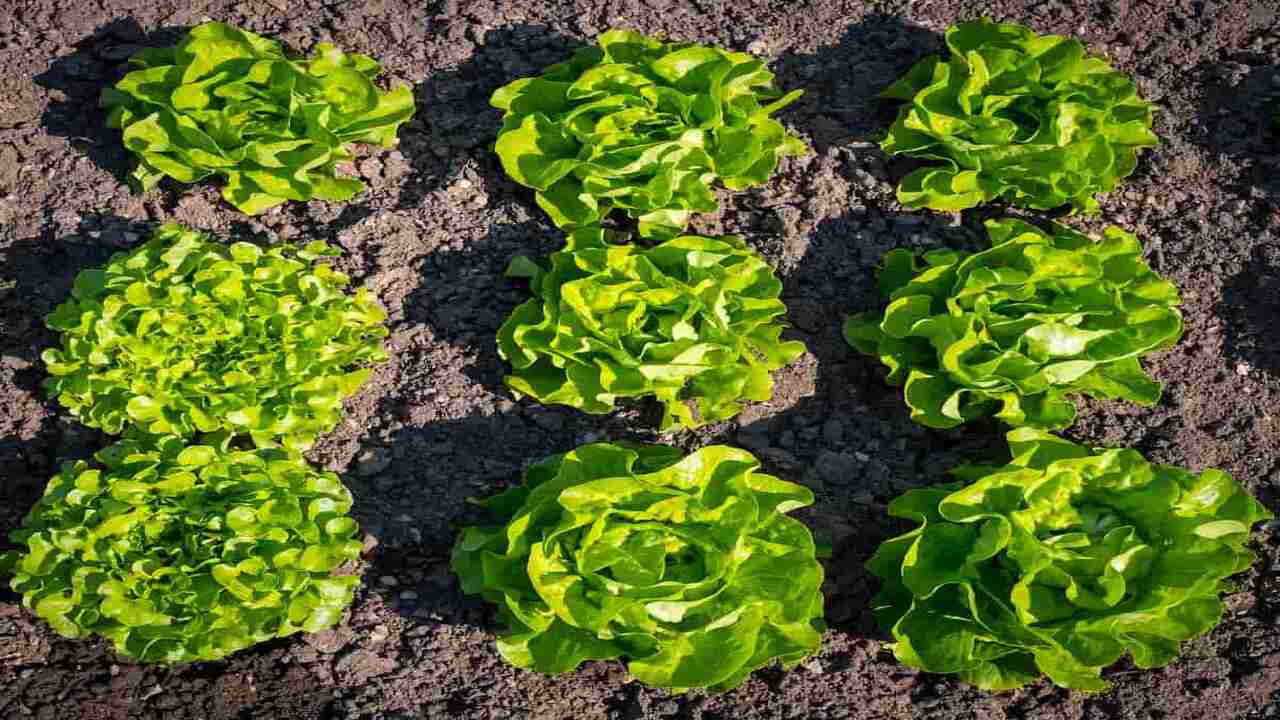
To achieve optimal plant growth and health, it is imperative to adequately prepare the soil before undertaking any planting activities. One crucial step in this process is to ensure that the soil has proper drainage capabilities and is enriched with ample amounts of organic matter.
Well-drained soil prevents water from accumulating around the roots, thus reducing the risk of root rot and other water-related issues. Additionally, the presence of organic matter in the soil enhances its fertility, making it a nutrient-rich environment for plants to thrive.
To begin the soil preparation process, it is advisable to assess the drainage capacity of the soil. This can be done by observing the site after heavy rain or conducting a simple percolation test. If the soil retains water for an extended period or shows poor drainage during the test, it may be necessary to improve its drainage capabilities.
3.Start With Quality Seeds
It is crucial to give careful consideration to the quality of the seeds. Opting for high-quality lettuce seeds from a reputable source can significantly impact the success of your cultivation endeavours.
Reputable seed suppliers often have a rigorous quality control process, ensuring that the seeds you receive are healthy, viable, and genetically stable. This means the seeds are less likely to have any diseases or abnormalities, giving them a better chance of germination and producing robust lettuce plants.
Moreover, when selecting lettuce seeds, it is worth considering the option of pelletized seeds. Pelletization involves coating the seeds with a material that makes them larger and easier to handle and sow. This coating can consist of clay or other inert substances that do not interfere with seed viability.
4.Sow The Seeds Properly
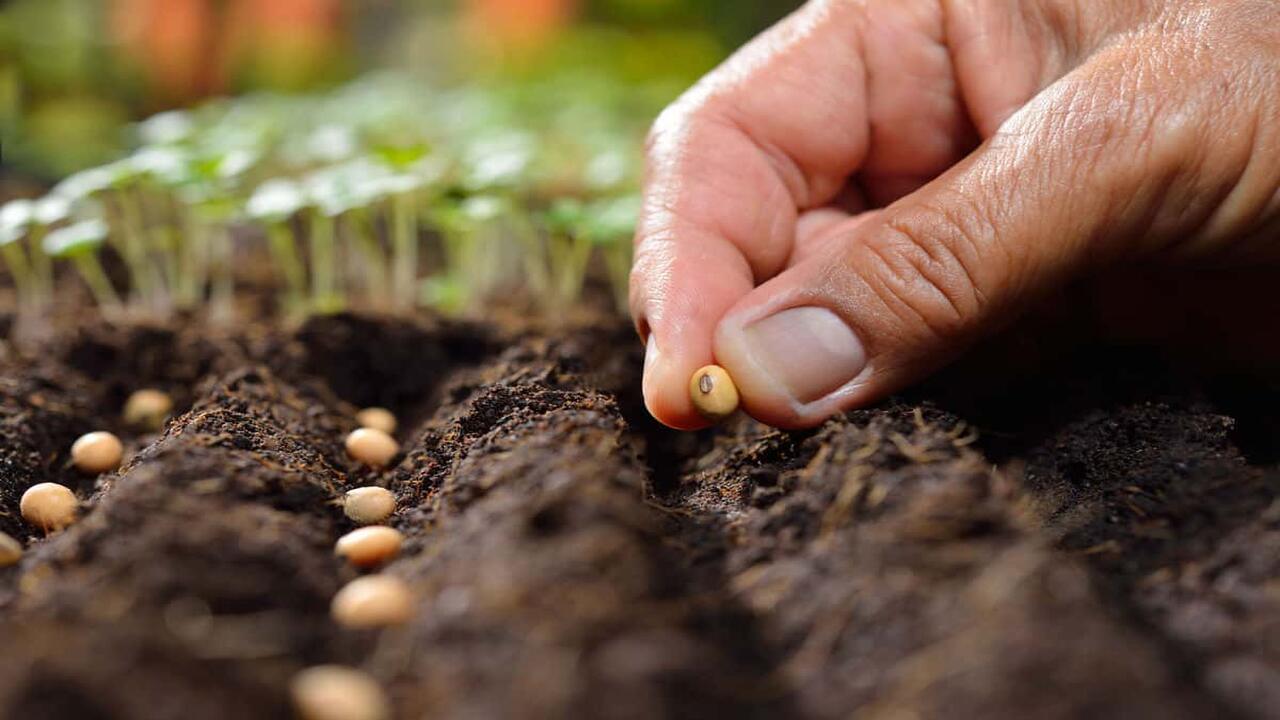
It is essential to adhere to the recommended spacing and depth. The spacing between seeds plays a crucial role in determining the growth and development of the lettuce plants. By following the recommended spacing, you provide each seed with adequate room to establish strong root systems and access the necessary nutrients and moisture from the soil.
This prevents overcrowding, which can lead to competition for resources and hinder the overall growth of the lettuce plants. In addition to spacing, the depth at which lettuce seeds are sown also greatly impacts their germination and subsequent growth.
It is important to sow the seeds at the appropriate depth to ensure proper contact with the soil. Planting the seeds too deeply may result in delayed germination or even failure to sprout, as the seeds may struggle to reach the surface for light and air.
5.Provide Adequate Lighting
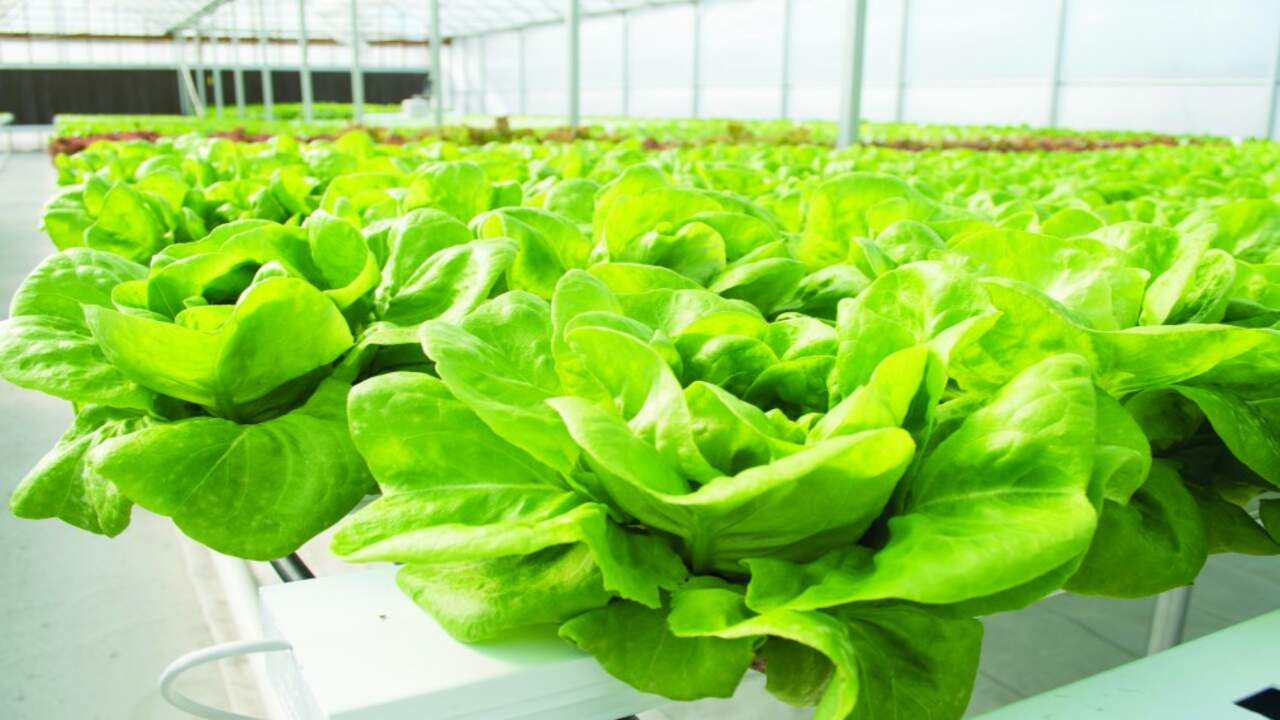
To ensure the successful growth of lettuce, it is crucial to provide adequate lighting conditions. Lettuce is a photoperiodic plant requiring a specific amount of light exposure to regulate its growth and development. Ideally, lettuce should receive a minimum of 12-16 hours of light per day to promote optimal growth.
Natural sunlight is the best light source for lettuce, providing a full spectrum of wavelengths necessary for photosynthesis. Therefore, it is recommended to position lettuce plants in areas with direct sunlight exposure. However, in cases where natural light is limited or not readily available, artificial grow lights can be used as a substitute.
6.Maintain Proper Temperature And Humidity
Maintaining proper temperature and humidity is crucial for the successful growth and development of lettuce plants. The optimal temperature range for lettuce growth is generally between 60 and 70 degrees Fahrenheit (15 and 21 degrees Celsius).
This temperature range provides ideal conditions for the germination of lettuce seeds and promotes vigorous leafy growth. It is important to note that lettuce is a cool-season crop and is sensitive to extreme temperature fluctuations. Therefore, it is essential to monitor and control the temperature in the growing environment to ensure optimal growth and prevent any adverse effects on the plants.
In addition to temperature, maintaining appropriate humidity levels is equally important for lettuce cultivation. Lettuce plants thrive in environments with moderate humidity, typically ranging between 40% and 60%. Adequate humidity levels promote healthy transpiration, ensuring that the plants can efficiently absorb water and nutrients from the soil.
Harvesting And Storage Of Lettuce
The harvesting and storing of lettuce is a crucial aspect of the agricultural process that requires careful attention to ensure optimal quality and shelf life. Lettuce, a leafy green vegetable, is highly perishable and prone to deterioration if improperly handled. Therefore, understanding the proper techniques and conditions for harvesting and storage is essential for both commercial growers and consumers.
Harvesting lettuce in a greenhouse:
- Monitor the growth of the lettuce plants and wait until they reach the desired size and maturity.
- Use sharp and clean gardening shears or a knife to cut the lettuce leaves from the base of the plant.
- Start with the outer leaves and work towards the centre, leaving the inner leaves to continue growing.
- Handle the lettuce leaves gently to avoid bruising or damaging them.
- Harvest lettuce in the morning when the leaves are crisp and full of moisture.
- Avoid harvesting lettuce during hot or sunny periods, which can cause wilting and reduce quality.
Storing lettuce after harvesting:
- Remove any dirt, debris, or damaged leaves from the harvested lettuce.
- Rinse the lettuce leaves gently under cold running water to remove any remaining dirt or insects.
- Shake off excess water and pat the leaves dry with paper towels or a clean kitchen towel.
Troubleshooting Common Issues In Greenhouse Lettuce Production
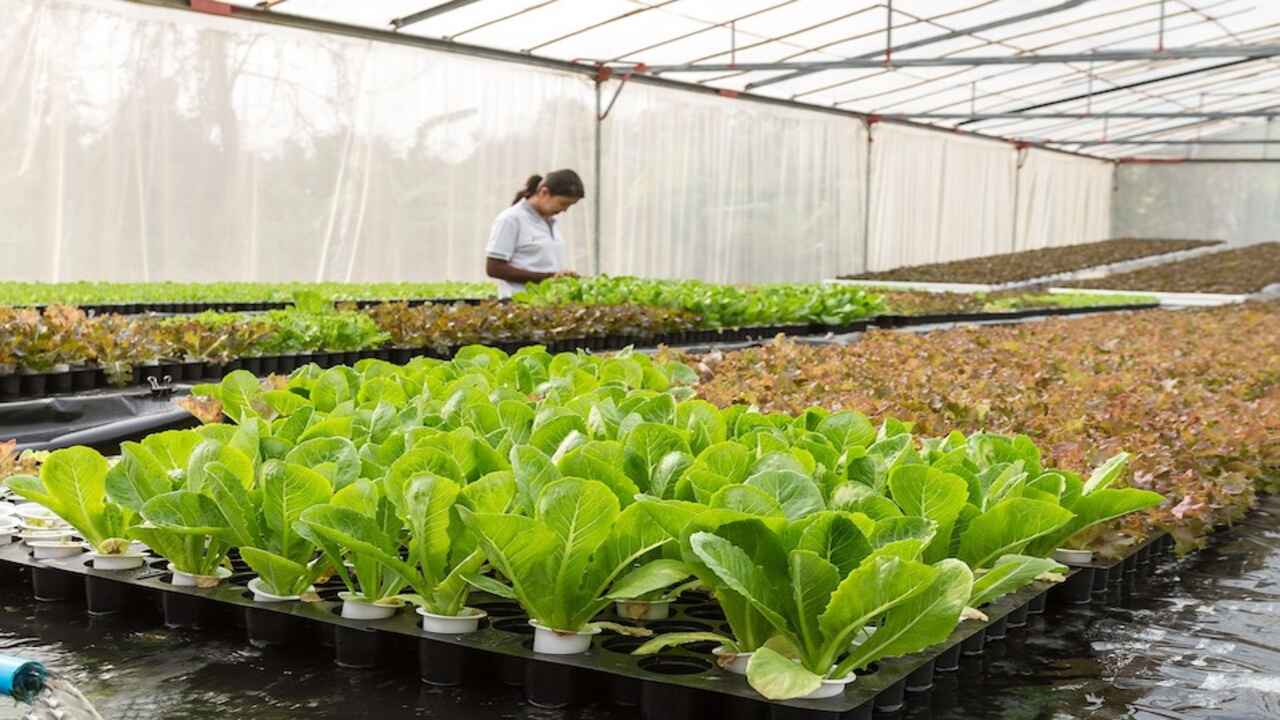
Lettuce production in greenhouses has gained significant popularity in recent years due to its ability to provide a controlled environment for optimal growth. However, like any agricultural endeavour, greenhouse lettuce production has challenges and common issues. Troubleshooting these issues is crucial to maintain successful and efficient lettuce production.
- Yellowing Or Wilting Of Lettuce Leaves: Check for adequate watering and adjust irrigation if necessary. Ensure proper nutrient levels and monitor for pests or diseases.
- Poor Growth Or Stunted Plants: Ensure proper temperature and humidity levels in the greenhouse. Check for sufficient light exposure and adjust if needed. Monitor and address any nutrient deficiencies.
- Leaf Discolouration Or Spotting: Check for pests or diseases and apply appropriate treatments. Ensure proper ventilation and air circulation in the greenhouse to prevent conditions that promote fungal or bacterial growth.
- Bolting (Premature Flowering): Maintain optimal temperature and light conditions to prevent lettuce from bolting. Harvest mature lettuce heads promptly to avoid excessive growth and bolting.
- Pest Infestations: Regularly monitor for pests such as aphids, caterpillars, or mites. Implement integrated pest management practices, including using beneficial insects or organic pesticides.
- Diseases: Monitor for common lettuce diseases such as powdery mildew, downy mildew,
Tips For Maximizing Yield And Quality Of Lettuce In A Greenhouse
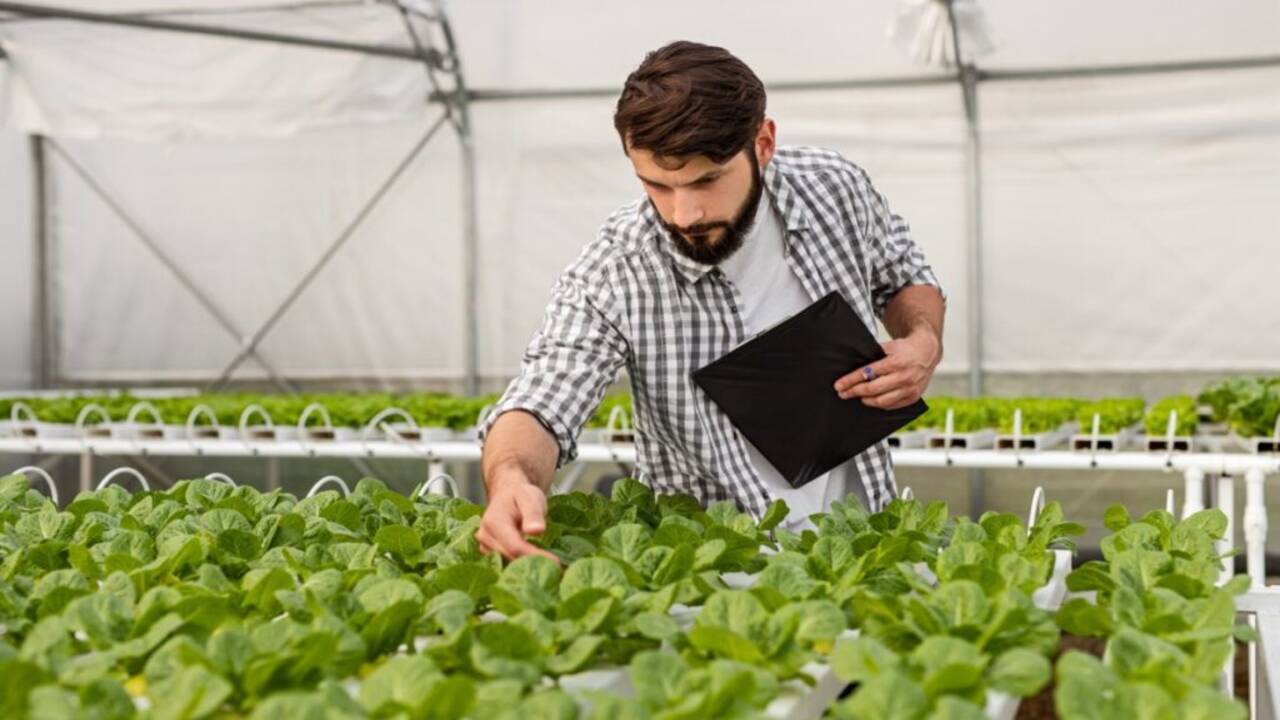
Maximizing the yield and quality of lettuce in a greenhouse is a critical objective for horticulturalists and agricultural researchers alike. Lettuce, a commonly consumed leafy vegetable, is highly sought after for its nutritional value and culinary versatility. The controlled environment of a greenhouse provides an ideal setting for cultivating lettuce, allowing for precise manipulation of various factors that can influence yield and quality.
- Provide Adequate Lighting: Ensure that lettuce plants receive sufficient light by using artificial lighting or positioning the greenhouse in a location that receives ample sunlight.
- Optimize Temperature And Humidity: Maintain optimal temperature and humidity levels for lettuce growth, typically between 60-70°F (15-21°C) and 40-60% humidity.
- Use High-Quality Soil Or Growing Medium: Choose a well-draining soil rich in organic matter to provide nutrients and promote healthy root development.
- Implement Proper Watering Practices: Water lettuce plants consistently and evenly, avoiding overwatering or letting the soil dry completely. Use drip irrigation or a similar method to provide controlled and targeted watering.
- Consider Nutrient Supplementation: Monitor and supplement essential nutrients, such as nitrogen, phosphorus, and potassium, through appropriate fertilization methods to promote healthy growth and maximize yield.
- Practice Good Spacing And Thinning: Ensure adequate spacing between lettuce plants to allow for proper air circulation and prevent overcrowding, which can lead.
Conclusion
Growing lettuce in a greenhouse is highly efficient and effective for achieving a year-round supply of fresh, healthy greens. By following the proper steps on how to grow lettuce in a greenhouse and techniques, including maintaining optimal temperature and humidity levels, providing adequate sunlight and ventilation, and regularly monitoring for pests and diseases, you can successfully grow lettuce in a greenhouse environment.
Through proper preparation, maintenance, and attention to environmental factors, gardeners can successfully cultivate lettuce in a controlled, protected environment. With the ability to control temperature, humidity, and light, greenhouse lettuce cultivation offers a sustainable and cost-effective solution for producing this versatile and nutritious crop. So, whether you are a seasoned greenhouse gardener or new to the practice, follow these tips and enjoy a bountiful lettuce harvest throughout the year.
FAQs
1.What Type Of Soil Is Best For Growing Lettuce In A Greenhouse?
Ans: The best type of soil for growing lettuce in a greenhouse is a well-drained, loamy soil that is rich in organic matter. This soil type allows for proper water drainage and aeration while providing essential nutrients for the lettuce plants to thrive. It is important to maintain a pH level between 6.0 and 7.0 to ensure optimal growth.
2.What Temperature Range Is Ideal For Growing Lettuce In A Greenhouse?
Ans: The ideal temperature range for growing lettuce in a greenhouse is between 60°F (15°C) and 70°F (21°C).
3.What Is The Recommended Spacing For Lettuce Plants In A Greenhouse?
Ans: The recommended spacing for lettuce plants in a greenhouse is typically 6-8 inches between each plant. This allows enough room for the lettuce to grow and for air circulation, which is important in preventing diseases. Additionally, proper spacing ensures that each plant receives enough light and nutrients for healthy growth.
4.How Often Should You Water Lettuce Plants In A Greenhouse?
Ans: Lettuce plants in a greenhouse should be watered regularly, typically every 1-2 days. However, the frequency may vary depending on temperature, humidity, and growth stage. It is important to monitor the moisture level of the soil and adjust watering accordingly to ensure that the plants receive sufficient water without becoming waterlogged.
5.How Can You Prevent Them From Damaging Your Lettuce Plants?
Ans: To prevent damage to lettuce plants, there are a few methods you can employ. Firstly, you can install physical barriers such as netting or fences to keep pests like rabbits, deer, or birds away from the plants. Secondly, practising good garden hygiene by removing fallen leaves or debris can help reduce hiding places for pests.

